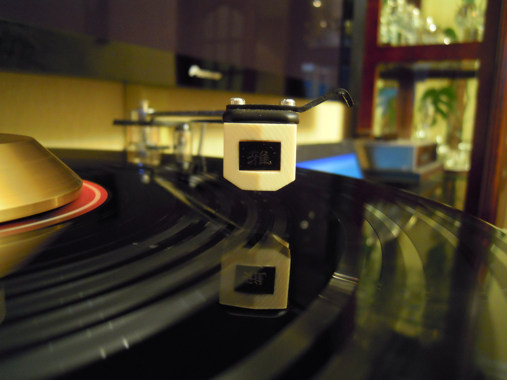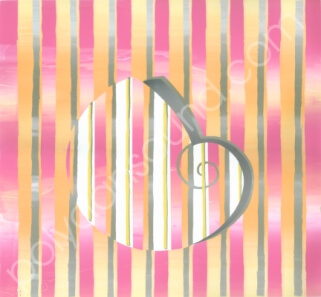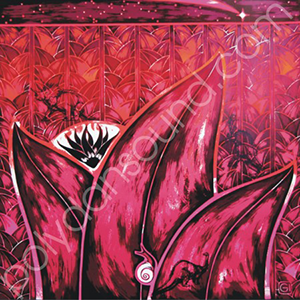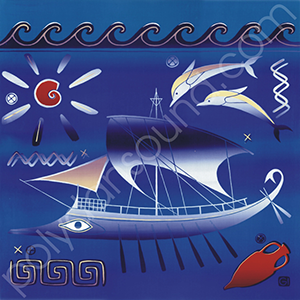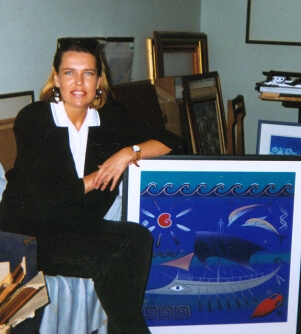Rollicking Tracks IV
In this part we will focus on (in fact it is impossible) installing the head on the surface of tonearm. Correction angle can be calculated very accurately using formulas of either Byervold or Lofgren. The calculation technique is shown well on the pages of the Internet, for example here. But there is something missed there. Computational accuracy is high, but we have to install the head at the calculated point «by eye»! Technical specifications of tonearms in which the correction angle is pending to second serve as a confirmation of this paradox! But that’s not all. In fact, besides the angle correction there is one more important factor – it’s dynamic range. In the first part of the article (see S & V # 2,2011) it is stated that the linear velocity at the beginning and at the end of the record differ on 2.4 times, and dynamic range changes as well. But majority of pieces of music tend to increase the dynamic range at the end of the piece of music! And we get a contradiction: by the end of the record, the linear velocity decreases, the dynamic range (technical parameter), connected with the linear velocity decreases, but the dynamic range of a musical work increases. Nevertheless the point of setting up the correction angle (calculated theoretically) is located somewhere in the middle of the working radius of the record and at the end of the record, the angle correction becomes non-optimal. Taking into account these contradictions, lots of manufacturers of tonearms recommend setting up the correction angle on the inner (60,325 mm) radius of the records, thereby optimizing the pros and cons.
Another paradox we met when installing the head, so-called VTA (vertical tracking angle, by standard is -20 degrees, plus — minus 5 degrees). But it is standardized with respect to the surface of the record and …. needle holder? Yes, needle holder is bigger than needle. But, probably, the name must be chosen according to what is measured. In fact, you need to set up SRA (drag angle).
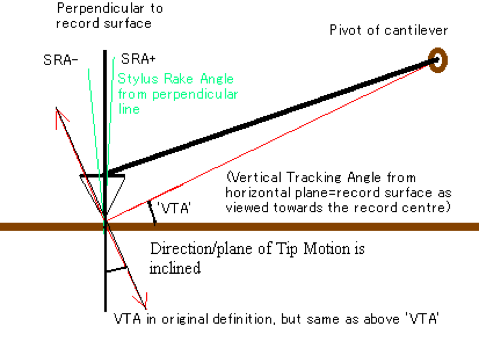 It is also standardized, and is equal to 90 degrees, minus five degrees. The same angle has a cutter, i.e. cutter and needle should be placed perpendicularly to the working surface of the record. Set up of this angle must be done with enclosing the head strips of paper of different thickness under the front or back part of the head, but NOT RAISING (lowering) leg of the tonearm. The head is installed on tonearm at the angle (correction angle), and by raising or lowering the leg of the tonearm, we «heap upon» the head sidewise. Technically, this procedure is more convenient to do with a help of the test record and a two-beam oscilloscope, at the screen of which it is easy to see the mismatch between the signals in channels as well as changes in the form of a sine wave arising while setting up.
It is also standardized, and is equal to 90 degrees, minus five degrees. The same angle has a cutter, i.e. cutter and needle should be placed perpendicularly to the working surface of the record. Set up of this angle must be done with enclosing the head strips of paper of different thickness under the front or back part of the head, but NOT RAISING (lowering) leg of the tonearm. The head is installed on tonearm at the angle (correction angle), and by raising or lowering the leg of the tonearm, we «heap upon» the head sidewise. Technically, this procedure is more convenient to do with a help of the test record and a two-beam oscilloscope, at the screen of which it is easy to see the mismatch between the signals in channels as well as changes in the form of a sine wave arising while setting up.
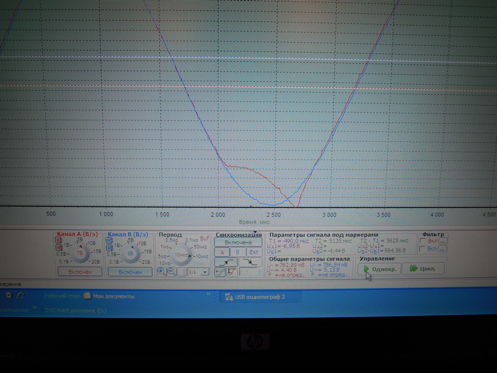 Why is it so difficult? Experience shows that most manufacturers of heads (even very expensive) produce defective products, which, despite the installation tricks can not be compensated. I have read about four defective heads sent with «corresponding» comments to the company — manufacturer, and again received the heads with the other numbers … and other technical shortcomings. Yes, indeed, it is very difficult to stick a microchip to the needle holder at desired angles, but this is the technological problem of the manufacturer, for which he takes the appropriate fee. And it is very distressing to read about defects in heads, especially since only few people have the courage to write about it. Only those users can write who have the ability and knowledge to find the defects and convincingly complain to manufacturer! Inaccuracy even for one degree of setting SRA leads to increase total harmonic distortion (THD) on one percent! The tonearm with gimbal suspension system does not let setting «azimuth» head. As done, so done! If there were found out any inaccuracies, you can correct them only mechanically (see S & V # 4,2011). Checking and setting the «azimuth» is needed because two degrees skewed increases THD on two percent and leads to worsening crosstalk attenuation between channels on six decibels! For single-support tonearms this process takes a lot of time. This is due to the fact that the records are made of different materials, have different surface quality of the modulated groove, different warpage. Therefore, for setting «azimuth» it is necessary to alternate the records to obtain a stable result.
Why is it so difficult? Experience shows that most manufacturers of heads (even very expensive) produce defective products, which, despite the installation tricks can not be compensated. I have read about four defective heads sent with «corresponding» comments to the company — manufacturer, and again received the heads with the other numbers … and other technical shortcomings. Yes, indeed, it is very difficult to stick a microchip to the needle holder at desired angles, but this is the technological problem of the manufacturer, for which he takes the appropriate fee. And it is very distressing to read about defects in heads, especially since only few people have the courage to write about it. Only those users can write who have the ability and knowledge to find the defects and convincingly complain to manufacturer! Inaccuracy even for one degree of setting SRA leads to increase total harmonic distortion (THD) on one percent! The tonearm with gimbal suspension system does not let setting «azimuth» head. As done, so done! If there were found out any inaccuracies, you can correct them only mechanically (see S & V # 4,2011). Checking and setting the «azimuth» is needed because two degrees skewed increases THD on two percent and leads to worsening crosstalk attenuation between channels on six decibels! For single-support tonearms this process takes a lot of time. This is due to the fact that the records are made of different materials, have different surface quality of the modulated groove, different warpage. Therefore, for setting «azimuth» it is necessary to alternate the records to obtain a stable result.
Aleksey Oksanenko
![]()

